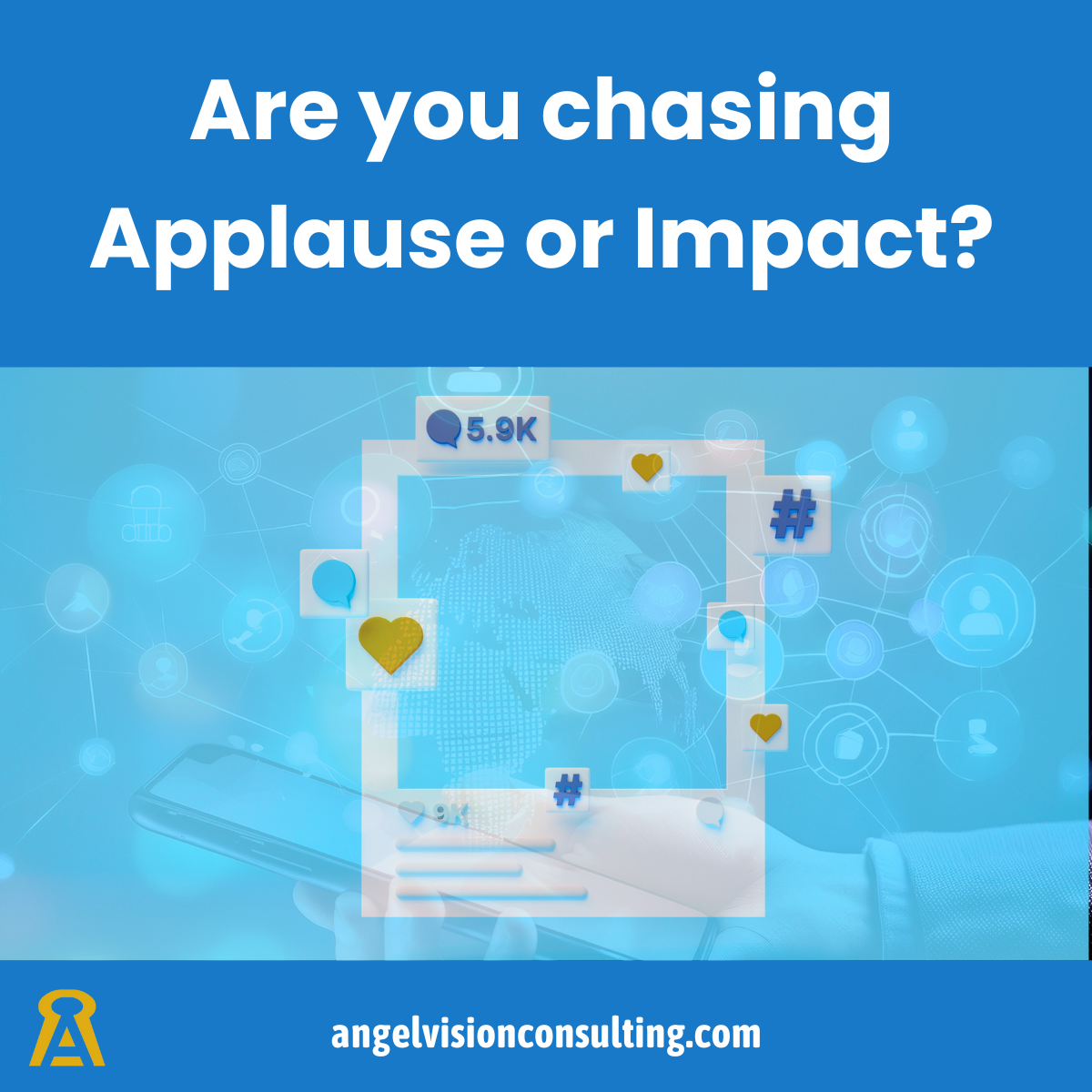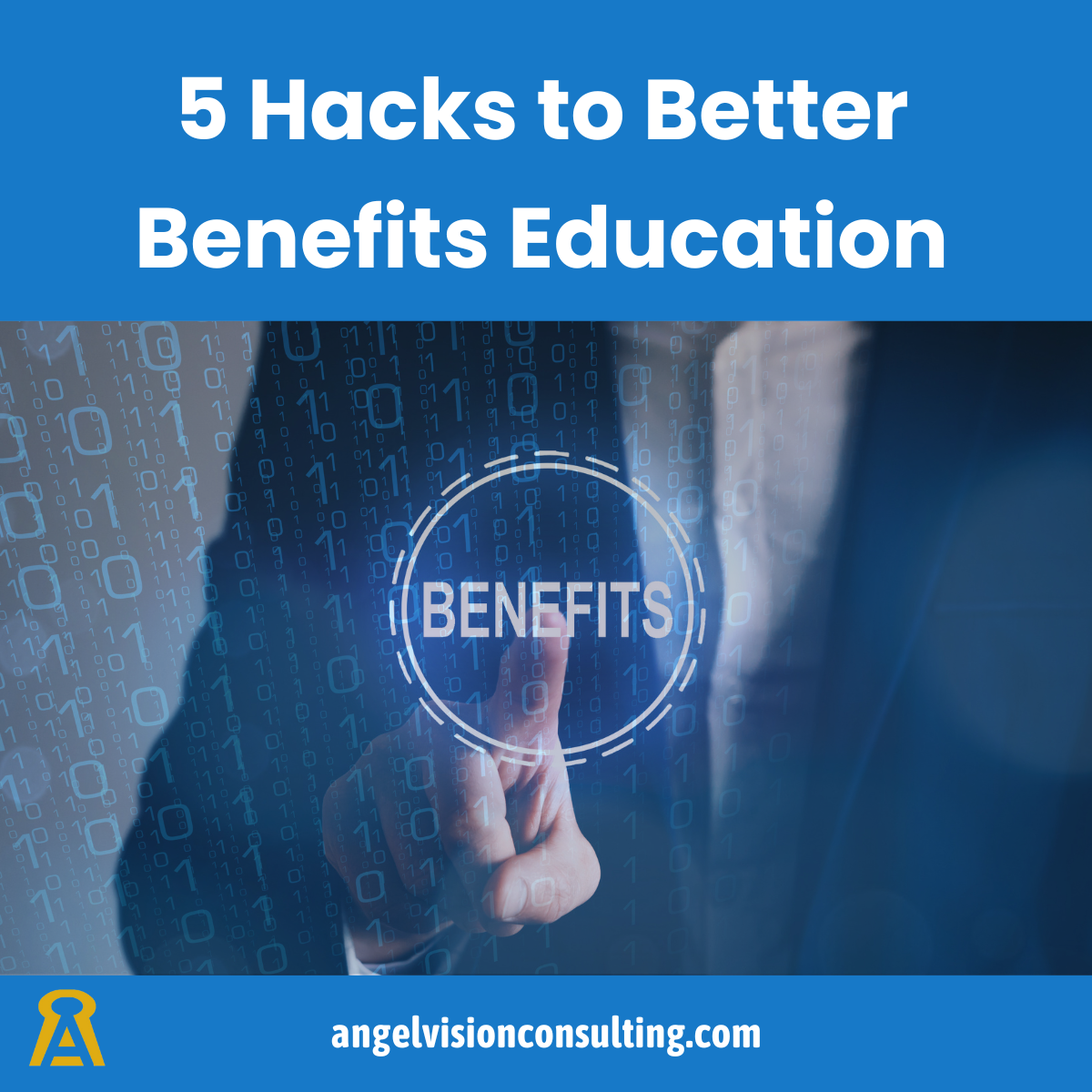How will you REACH employees this open enrollment?
Follow these 5 best practices to REACH employees

The official kick-off to open enrollment has arrived, but do you have a successful strategy ready? Open enrollment communication can feel like a grind. Just keep in mind these 5 things and you will be on your way to R.E.A.C.H. employees this year.
RECORD
Whether you offer one open enrollment kick-off session or twenty detailed sessions, some employees may miss a live session. By recording your message, you ensure:
(1) All employees (and spouses where applicable) hear your benefits message first-hand.
(2) Consistent delivery of what and how it is communicated to employees.
(3) The ability to revisit messages when employees are ready to enroll and need a refresher.
ENGAGE
Benefits can be boring, but they don't have to be. Engage employees throughout open enrollment with polls, prizes, competitions and questions. Here are a few no or low-cost ideas to create engagement:
- Create a quiz on the top things for employees to know using tools like Google, Microsoft, or SurveyMonkey.
- Gamify open enrollment with tools like Kahoot, which adds elements of speed and competition.
- Embed 'easter eggs' for employees to find throughout the process. 'Easter eggs' are fun little icons or messages that are embedded throughout the process and add an element of surprise and fun.
- Create inter-team competitions based on open enrollment milestones such as the most participation in an enrollment meeting, the highest use of a decision support tool or the first team to complete open enrollment.
Answer Questions
Employees will have questions. Provide a convenient option for employees to ask questions and view answers. Creating a centralized resource for employees ensures questions are answered while reducing the burden on HR.
Catch Attention
We are used to sound bites and video clips. Use elements like visuals, video and sound will attract more attention than a long, wordy benefits guide.
Humor and Humanization
Using humor makes communications more relatable and engaging while humanization makes sure employees are at the center of the message. Not sure how to start? Here are a few tips:
- Use relatable scenarios: Incorporate everyday situations employees can identify with.
- Add personal touches: Share stories or messages from other employees to make it more relatable
- Include light humor: Light-hearted jokes or puns can easily fit the workplace culture,
- Visual elements: Cartoons and memes are an easy way to make communications more engaging.
By keeping these five key elements in mind—Record, Engage, Answer Questions, Catch Attention, and Incorporate Humor and Humanization—you can transform the open enrollment process from a daunting task into an engaging and effective communication strategy. Remember, the goal is to reach employees in meaningful ways, ensuring they fully understand their benefits and feel supported throughout the enrollment period. With a thoughtful and strategic approach, you can enhance employee satisfaction and make open enrollment a success for everyone involved.
Need help building your open enrollment communication strategy? Contact Angel Vision for expert assistance and support. Let us help you make this open enrollment season the best one yet!
Here's to a smooth and successful open enrollment season!



